Your order has just arrived. You open the cap and melt when the sumptuous scent reaches your nose. You tip the bottle to add some drops to your diffuser and.... nothing. No matter how hard you shake the bottle, not a single drop comes out.
Not to worry, you just bought a thick, or high viscosity, essential oil. If patience is not your strong suit, we've got some hacks for you to speed up the process.
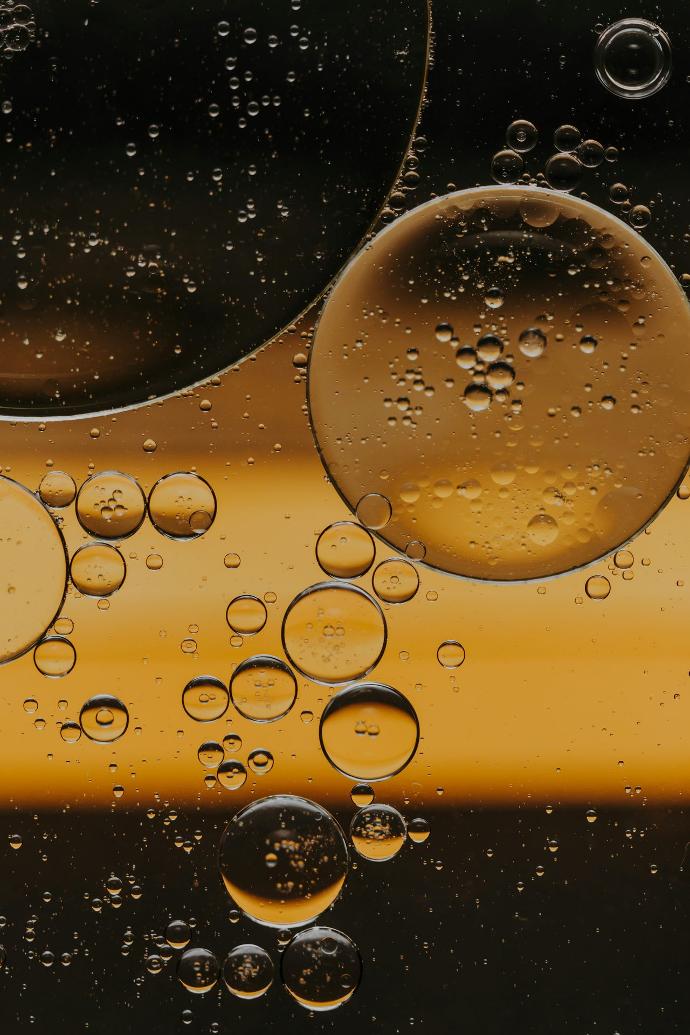
What happened?
The thick oils are solid with a high viscosity at room temperature, a bit like natural honey. These oils just have a larger molecular structure.
They are less volatile and, therefore mostly base notes, spreading their scent over a longer period due to slow evaporation.
This occurs mostly with absolutes, CO2 extracts, roots and resinous essential oils.
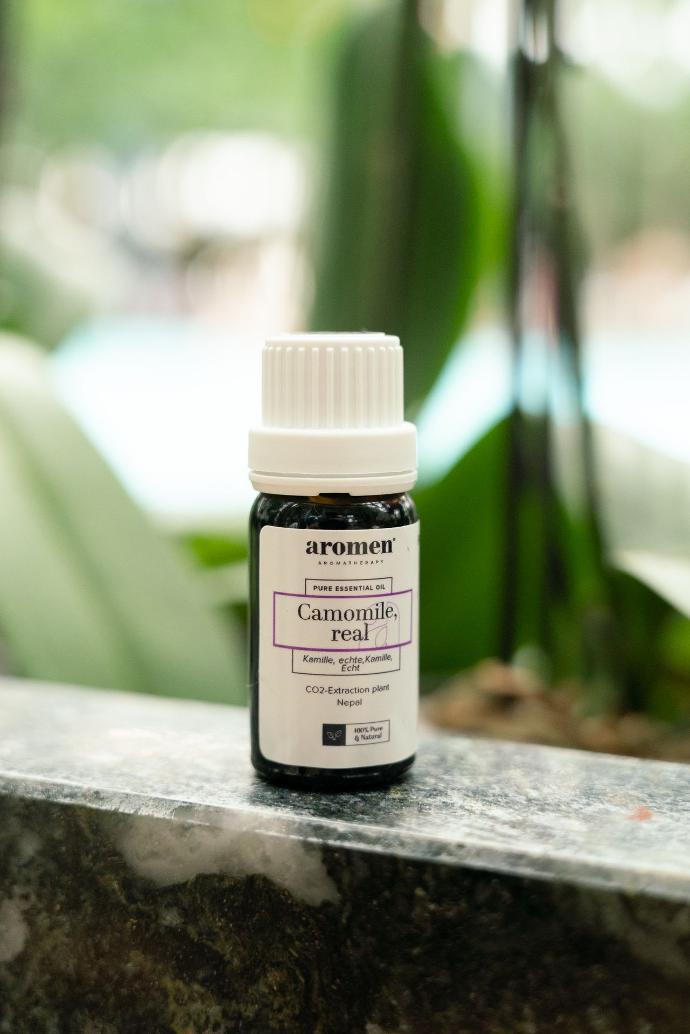
Thick oils
- Amyris
- Coffee CO2 extract
- Myrrh
- Patchouli
- Sandalwood
- Vetiver
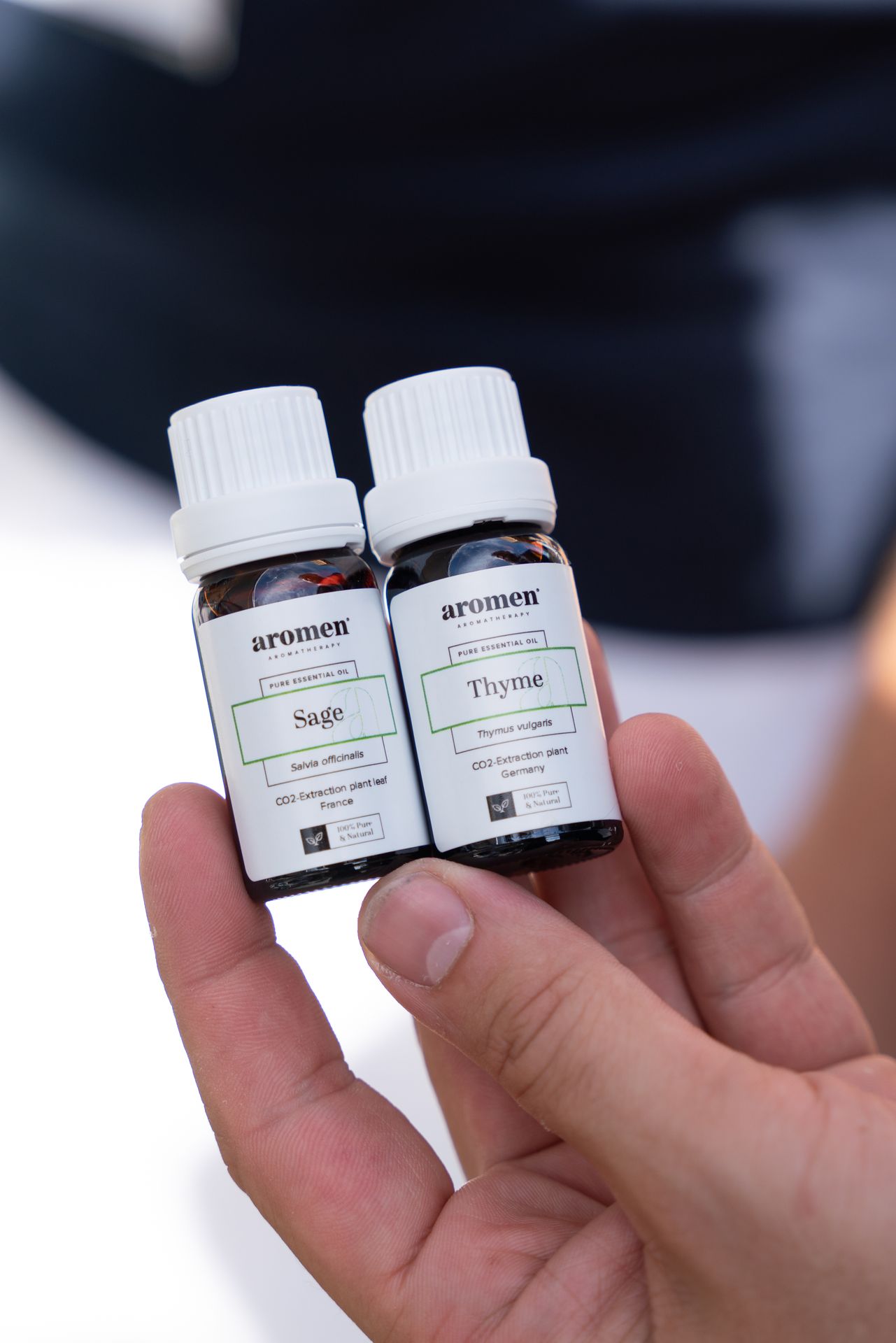
Medium thick oils
- Peru balsam
- Vanilla
- CO2 extracts
The thickness of these oils depends on the room temperature.
Essential oil Crystals
Some essential oils such as mint, anise, and cedar are normally liquid but can crystallize when exposed to cold temperatures.
When these oils are exposed to low temperatures, they may become cloudy or develop solid particles or crystals.
To return them to their liquid state, gently warming the oil can help dissolve the crystals and restore the oil to its original form.
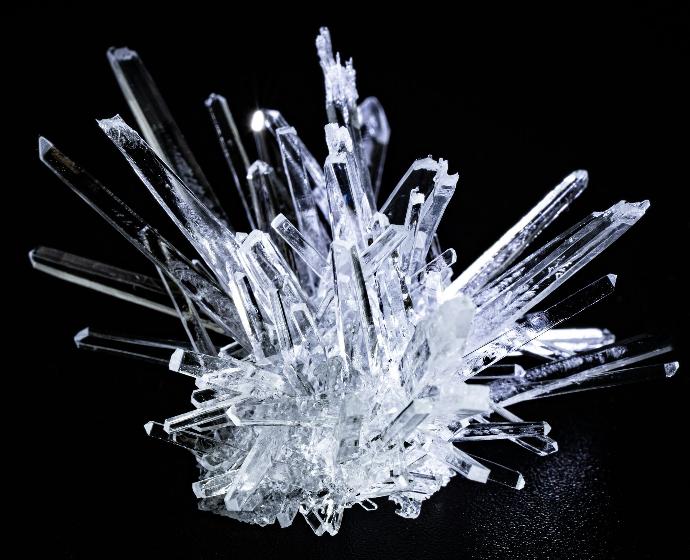
Tips & Tricks
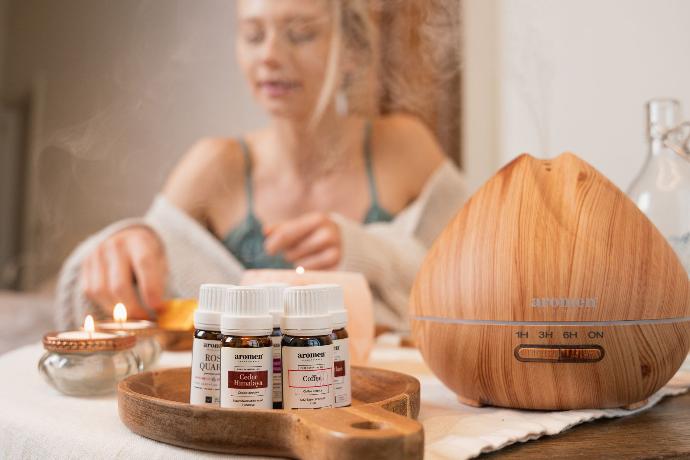
- Carry the bottle of essential oil in your pocket. Your body temperature will gently warm the oil, making it more fluid. Holding it tightly in your hand mostly does the trick as well.
- Use pipettes to get the right amount of essential oils out of the bottle.
- Place the bottle in a cup of warm water. To protect your label, you can use a little ziplock bag.
The key is to warm the bottle gently and at the lowest possible temperature. Overheating does too much damage and your essential oil will lose its benefits.
No essential oil should ever be exposed to a temperature higher than 32 - 40°C.
As always, make sure you wear gloves when trying to remove caps so the essential oil doesn’t spill on your skin directly. If you do get in contact with the essential oil, you can use a carrier oil to remove the excess and diminish possible sensitivities.
These rich and sumptuous essential oils are loved by many. To enjoy them at home, there are two ways to handle them:
- If you would put them directly into a diffuser, you’ll see the drop fall to the bottom right away. These oils will potentially clog your diffuser mechanism. Mix them in a blend with more volatile essential oils like lavender or lemon before adding them to your diffuser.
- Simply put a little terra-cotta plate with some drops on a warm place and enjoy your thick oils all day long.